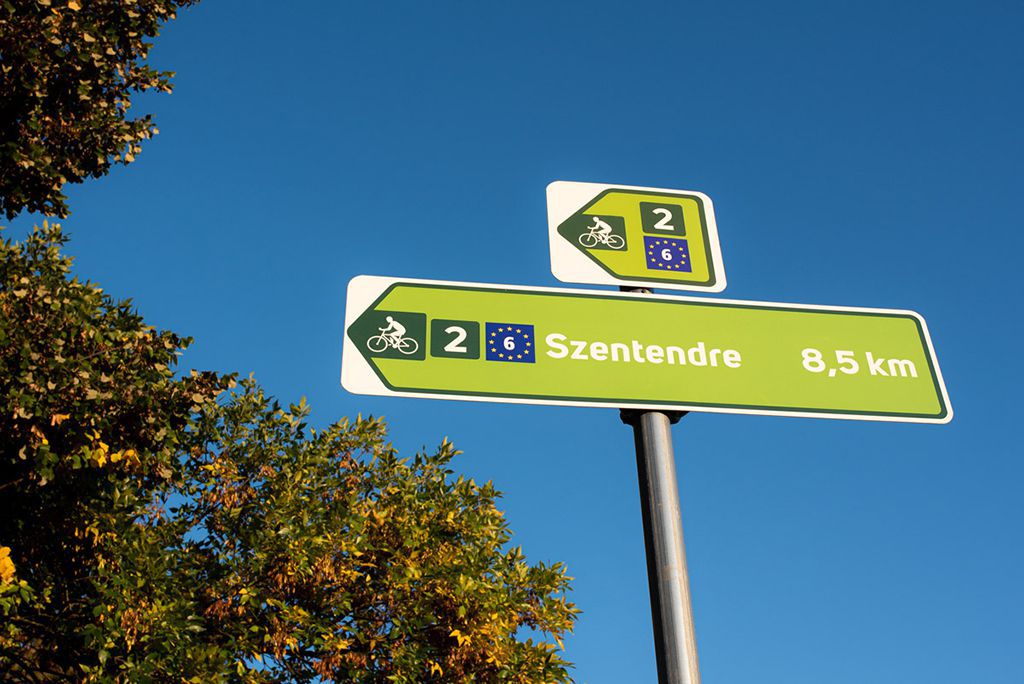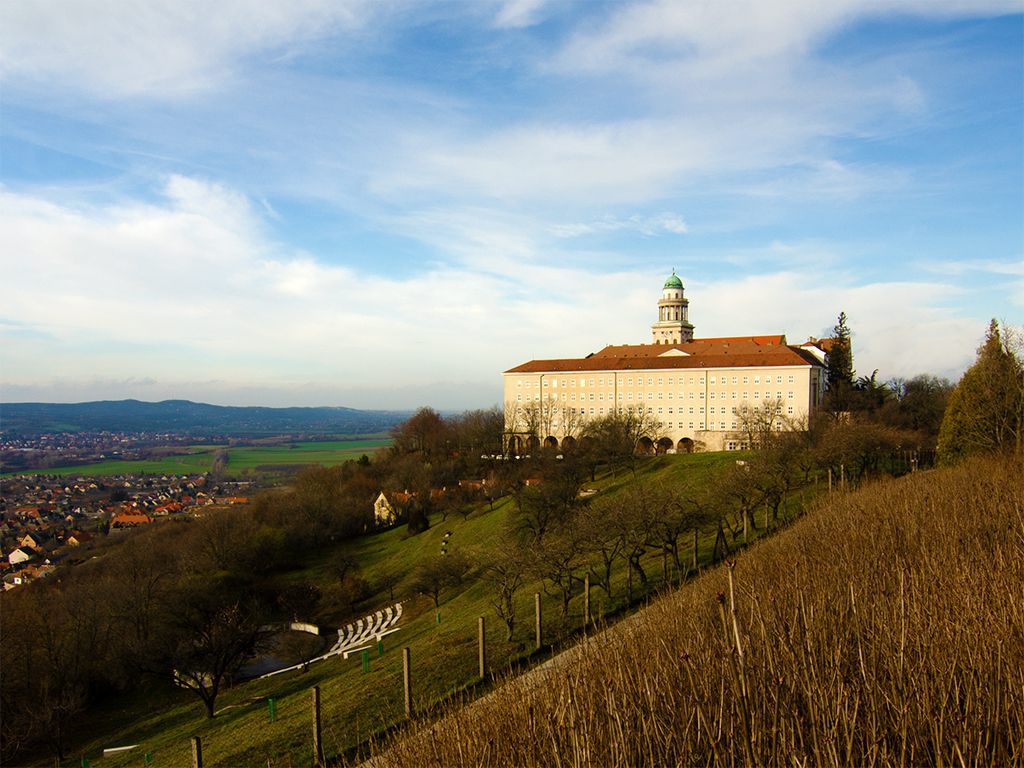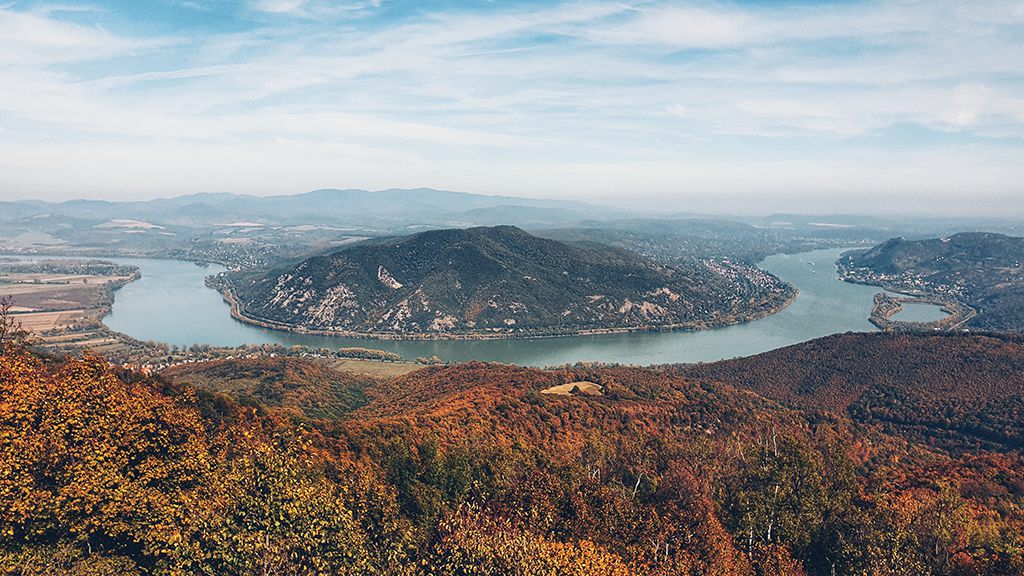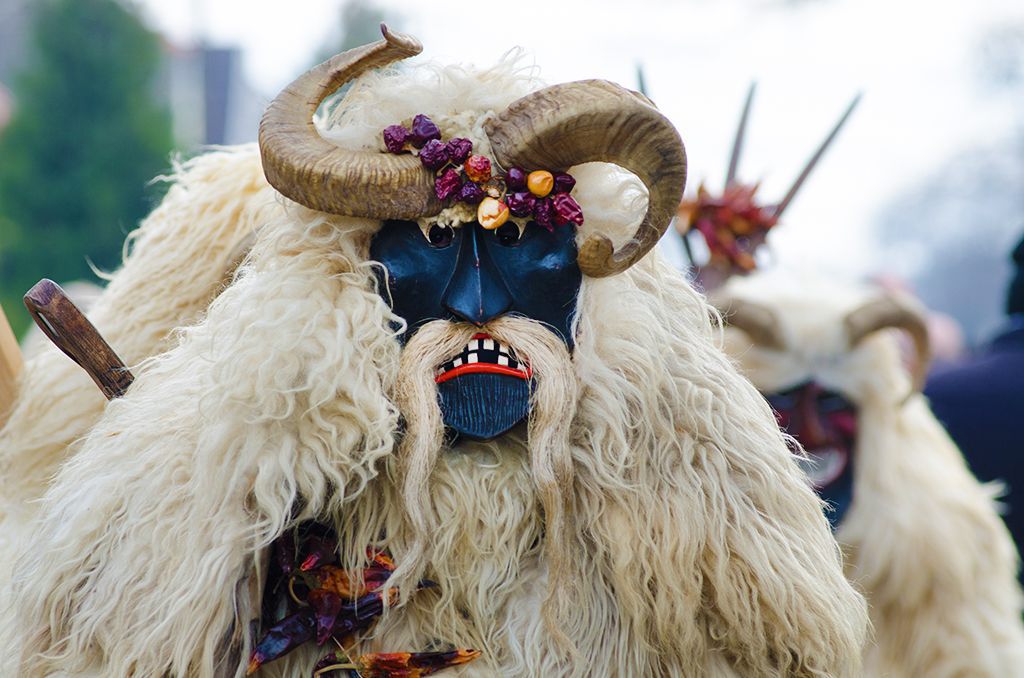 by Peter Illés on April 5th, 2023
by Peter Illés on April 5th, 2023
Hungary is fortunate enough to have 4 Eurovelo routes passing through the country. Of the four, EV6 is hands down the busiest, stretching along the Danube for the most part. If you wish to read about the other three routes, we've got you covered. Check out our posts: EV11, EV13, EV14. Also, check out our post about the EV6 in Romania.
The EV6 enters the country through the Slovakian border at Rajka. It goes west until just north of Budapest, then follows the river south for 420 kms before exiting either toward Croatia or Serbia. More on that choice later.
I'd break up the journey into 5 sections based purely on the sights you can visit.

Eurovelo 6 sign in Hungary. 📸 by minimatine.hu
As you enter the country near Rajka, you'll head south for a couple of kms until your first larger town, Mosonmagyaróvár. This town is the western gate to Szigetköz, Hungary's largest island. The Szigetköz (meaning islet) is well-known for its unique swamp forests, meadows, and varied fauna. If your time allows, switch your bikes for a canoe and paddle along the backwaters of the Danube.
This whole section has a paved bike path, albeit with varying quality. In some places, nature has taken back what's rightfully hers, and the path has become overgrown with grass, especially on the sides. If you look ahead, you'll be alright.
Apart from Szigetköz, as mentioned above, you should spend a day in and around Győr, a city with plenty of sights and an excellent walking place. Don't miss the basilica, the Benedictine church and the town hall.
Pannonhalma is 20 kms south of Győr and well worth a visit. Famous for its Benedictine Archabbey, a UNESCO World Heritage site, Pannonhalma is also a great place to check out the surroundings from the panorama terrace and sip a glass of wine straight from the monk's cellar. You can get there on a recently built cycle path.
Halfway between Győr and Pannonhalma, you'll pass through the small village of Nyúl. Make sure to check out the idyllic wine cellars carved into the side of the loess mountain.
Plenty of guesthouses or hotels to choose from in this area. As for camping, there are also multiple options if you Google "camping Szigetköz" or "kemping Szigetköz". With so many options, I wouldn't bother with wild camping. Most of Szigetköz is a protected natural area, so wild camping is prohibited.
Most villages will have small grocery shops or even bakeries open during the week and on Saturdays. Some are also open on Sundays, but most won't be. In Mosonmagyaróvár and Győr, you will also find supermarket chains such as Aldi, Lidl, Interspar, Auchan or Tesco, which will probably be cheaper than the rural grocery stores.
These two towns will also be your best bet for bike shops. Just Google "kerékpárszervíz", and you'll be presented with plenty of options. Győr also has large sporting goods stores such as Decathlon or Hervis.

Taking the detour to visit the Benedictine Abbey of Pannonhalma is worth considering.
This is a 90-kilometre stretch heading west, a perfect distance to cover in a day, with a lunch stop in Komárom.
The official Eurovelo 6 route exits Győr toward Bőny and follows mostly backroads. However, I'd recommend you follow the river and state road 1, towards Gönyű and then to Komárom. There is a brand new separated bike path along the road. As of 2022, some stretches were still under development but mostly rideable.
From Komárom, you can continue on a bike path until Neszmély. Then there are a few kilometres on the road until Lábatlan and another short stretch just before entering Esztergom.
Alternatively, you can cross into Slovakia at Komárom and re-enter at Esztergom, as the Slovakian side of this stretch has a well-developed bike path.
Your first major stop is probably Komárom, a city divided by the Danube and a border. It is home to Europe's largest fortress complex, comprised of 5 fortresses, 3 on the Hungarian side and two on the Slovakian side in Komárno.
From Komárom, head toward Esztergom but stop in Neszmély famed for its wines. Head up the hill to its many wineries, offering gorgeous views of the Danube.
Esztergom used to be the capital of Hungary between the 10th and 13th centuries. Nowadays, it is home to the most important Archbishop in Hungary, the Primate of Esztergom and the Esztergom Basilica, the largest church in the country.
Stay in a hotel or guesthouse in any of the major towns. If you prefer camping, there are several options in Komárom, Éden Camping in Neszmély or Gran Camping in Esztergom. Wild camping along the Danube is also possible, although towns and villages tend to come in thick and fast, so finding a quiet spot won't always be easy.
Head for Komárom or Esztergom for larger stores or bike repair shops.
The Danube Bend section is the most spectacular stretch of the EV6 in Hungary. You'll have two options to choose from when riding. The left bank is laid back with better infrastructure, while the right bank has more sights to tick off.
To avoid the main road, you can exit Esztergom through the Búbánatvölgy cycle path. This path is famous for having glow-in-the-dark rocks embedded in the tarmac, which makes it a cool sight at night. From the trail's end, there are 6 kms on the state road until the Szob ferry. Alternatively, you can ride on the backroads of Slovakia between Esztergom and Szob through Chl'aba.
Here's where you'll have to make your first decision. The official EV6 route takes you across the river by ferry and follows the cycling path until Vác (let's call this Route A). This scenic route takes you through many lively villages in the Danube bend. The ferry runs hourly between April and October, costing roughly 2 EUR per person and an additional 2 EUR per bike.
You can stay on the right bank of the Danube and follow the state road (Route B/1). This stretch of road isn't usually overly busy, except for the last part, between Tahitótfalu and Szentendre.
If you're not afraid of a bit of climbing, there's an excellent tarmac forest road, closed off to motorised traffic, from Visegrád, through the Apát-kúti valley and Pap-rét to Szentendre (Route B/2). This is the route I'd personally choose, as you won't miss out on either Visegrád Castle or Szentendre.
If you stay on the left bank and follow the cycle path, Eurovelo has another decision for you to make in Vác. You can stay on the left bank and enter Budapest on a new cycle path (Route A/1) or cross the ferry again towards Tahitótfalu and Szentendre (Route A/2). Ferry runs hourly or twice hourly, depending on the season, costing roughly 1 EUR per person and 1 EUR per bike.
The drawback of Route A/2 is that you'll have to ride those busy 10 kms between Tahitótfalu and Szentendre I mentioned before. However, Szentendre is well-worth your consideration.
From Szentendre, you can enter Budapest on another new stretch of cycle path along the Danube.
The Danube Bend boast plenty of sights worth visiting. If you follow Route A, then stop in Zebegény, known as the Marble of the Danube Bend. Nagymaros is also worth a stop. Grab a gelato at one of its many cafés, walk along the riverside and admire Visegrád castle from afar.
Vác is a larger town with a nice riverside promenade and a lovely town square. It's worth spending an hour here.
Visegrád Castle and the Royal Palace is a short detour from Route B. Visiting will give you a deep dive into medieval Hungary and stunning views of the Danube Bend.
Szentendre is the last major sight before Budapest. Known as the city of painters, it used to be a favourite of the naive painters of the 20th century and is still a favourite among contemporary artists. It boasts a lively high street, quiet cobblestone back streets and a fantastic riverside promenade.
Then there's Budapest, the capital city. Writing about all the sights in Budapest is out of the scope of this post. You'll find plenty of info on the internet or in guidebooks. Just make sure to spend at least 3 days to be able to fully explore it.
Make sure you check out our Szentendre cycling tour.

The Danube Bend is the most spectacular part of the Eurovelo 6.
Hundreds of guesthouses are along the Danube blend, one for every taste. If you prefer camping, search for "Dunakanyar kemping" or "Dunakanyar camping". There are several options, most notably in Dömös and the Pap island camping in Szentendre.
Wild camping will be nearly impossible on the left bank because it is very populated. On the right bank, though, you might find several private spots.
Almost every village will have shops open on Sundays and evenings during the high season. For larger shops and bike shops, head to Vác. Budapest, of course, will have everything you need.
Exiting Budapest, the Eurovelo 6 will take you onto Csepel Island. The first section is still part of Budapest and is one of the most industrialised parts of town. As you exit town, the scene will gradually become quieter, and soon you'll be cycling through quaint fishing villages.
The route along the island takes you to the eastern shore, closely following the Ráckevei-Soroksári Duna branch of the river. The Eurovelo crosses the river in Ráckeve to the left bank. I would continue on the island on a mix of cycle paths, peaceful backroads and dirt roads that take you to Tass, where you can cross over the sluice.
This section is less about the sight and more about having that "slow-ride" feeling as you cycle along the river. That being said, Ráckeve is a charming town worth spending an hour or so in.
Ráckeve is your best bet for finding a suitable guesthouse, but the island is much more suited to camping. You'll find excellent wild camping spots, especially towards to southern tip of the island.
Although most towns will have grocery shops and bakeries, Ráckeve will be your primary destination if you want to stock up on supplies.
Check out Mike's Bikes and Bytes if you need a fix on your bicycle.
I never cycled this stretch, mainly because there's little to see. It's pretty dull, actually. The route takes you along the river, over Hungary's Great Plains.
Cycle paths on this stretch are few and far between, except the 18 kms between Solt and Dunapataj. Instead, the route takes you south on quiet B-roads and dirt roads. Although technically not a cycle path, the paved road on the dam between Fajsz and Baja will feel like one.
I had to get creative here to find sights worth visiting. However, if you're into some industrial tourism, crossing the river on the motorway bridge to Dunaújváros might be worth your time. You can also take the ferry from Lórév from Csepel Island.
Dunaújváros used to be home to the country's largest steelworks. Although production has diminished significantly, you can still see plenty of the city's Soviet industrial past. You can find a real hidden gem if you wander into the forest behind the steelworks. Here you can stumble upon several disused pieces of machinery that have been dumped here for eternity.
Heading south, Kalocsa is just a few kms detour from the EV6. Visit the cathedral and the Archbishop's palace, home to the Archbishop of Kalocsa.
Baja is also a town worth stopping in. If not for the sights, then the famous Baja fish soup is a must-try!
The last major town on this stretch is Mohács. If you like riding in the cold and are visiting Mohács in February, make sure to attend the Busójárás. The busójárás is a carnival where the young folks of Mohács don their wooden masks and fur coats and roam the streets of town saying farewell to winter. If, however, you're here during the warmer season like most folks, you'll still have plenty to see in this delightful little town.
Mohács is also an excellent place for some 1-day hub-and-spoke tours. The Villány wine region or Pécs are all worth the extra stay.
From Mohács, you can cross directly into Serbia or head to Osijek in Croatia and then cross into Serbia. I would recommend the latter, as it would allow you to visit the Kopacki Rit wetlands and Osijek, a charming town itself.

Arriving in February for the Busójárás Carnival is worth taking on the cold.
The larger towns will have a few guesthouses if that's what you want. Solt has a place called Eurovelo 6 Stop, which I never checked out but seems to cater to cyclists (it even has a small bike shop).
Wildcamping will be easy on this stretch, with many spots along the river. If you prefer organised camping spots, there is one in Harta and several in Baja.
Nothing unexpected here. Small grocery shops are to be found in every village. If you need a more varied selection, then Solt, Kalocsa, Baja and Mohács are the towns where you'll most likely find it.
Kalocsa and Baja definitely have bike shops if you're looking for one. Just Google "kerékpár szervíz" or "kerékpárbolt".